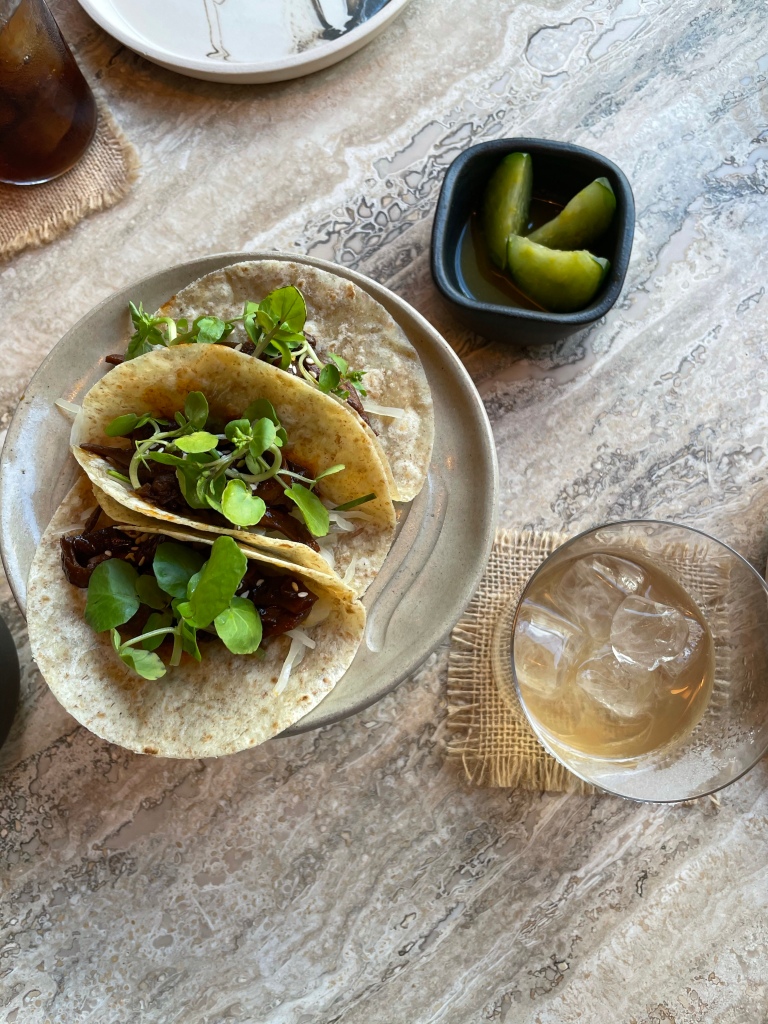
This cake is super fun and colourful – perfect for a birthday! I made it for my friends 30th birthday dinner. It’s just a simple light and airy sponge cake with a pop of colour. You can also sub the food colouring for whatever colours you like!
Ingredients:
For the cake:
190g salted butter (softened at room temperature)
190g caster sugar
3 eggs
190g self-raising flour
1tsp baking powder
75ml milk
blue and pink food colouring (extra strong/gel is preferable)
For the icing:
200g unsalted butter
400g icing sugar
Method:
- Heat the oven to 180C/160C fan/gas 4. Butter and line two 20cm loose-bottomed sandwich cake tins with baking parchment.
- Beat the butter and sugar together using an electric whisk until light and fluffy. Whisk in the eggs, one at a time.
- Fold in the flour, baking powder and milk.
- Divide the mixture between three mixing bowls.
- Colour one of the batters blue and another pink, starting with a little colouring, then adding more for a deeper finish. Leave one of the bowls of batter uncoloured.
- Spoon a heaped tablespoon of blue batter into the centre of the first tin, then pink in the second, and plain in the third. Working quickly so that it doesn’t spread too much, add another dollop of a different coloured batter on top of each one. Don’t wait for the batter to settle or spread, just keep alternating the colours until you run out. The weight of each layer will cause the batter to spread as you go, and create the marbled effect.
- Bake for 25-30 mins or until firm to the touch. Leave to cool on a wire rack and meanwhile prepare your icing. You should ice the cakes only once they’ve cooled down!
- For the icing, beat the butter and icing sugar with an electric whisk/stand mixer until fluffy.
- Once your cake has cooled, spread your icing on the top of the first cake sandwich and place the other on top.



















